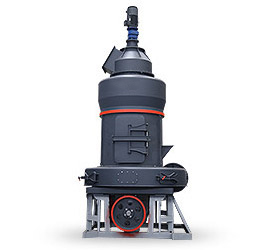A vibrating screen is a crucial piece of equipment used in solid waste management to separate, classify, and process different types of waste materials based on size, density, or composition. Here’s how it works and its applications in solid waste:
 How a Vibrating Screen Works
How a Vibrating Screen Works
1. Vibration Mechanism: The screen uses motors with eccentric weights or electromagnetic drives to create high-frequency vibrations.
2. Material Separation: Waste is fed onto the screen deck; smaller particles pass through the mesh (undersize), while larger materials (oversize) move across the deck and discharge separately.
3. Deck Configurations: Single or multiple decks can be used for finer classification (e.g., separating organic waste from inert materials).
Applications in Solid Waste Management
– Municipal Solid Waste (MSW): Separates recyclables (plastics, paper) from organic waste or bulky items.
– Construction & Demolition Waste: Screens out fine debris (soil, sand) from larger aggregates (concrete, bricks).
– Composting: Removes oversized contaminants before or after composting.
– Recycling Facilities: Segregates different material fractions (e.g., metals, glass) for further processing.
– Landfill Operations: Screens waste to recover reusable materials or reduce landfill volume.
Advantages
– Efficiency: High throughput with consistent separation.
– Versatility: Adjustable mesh sizes and vibration intensity for different waste streams.
– Du ility: Designed to handle abrasive and heavy materials.
ility: Designed to handle abrasive and heavy materials.
Common Types for Solid Waste
1. Linear Vibrating Screens – Best for dry waste with uniform particle sizes.
2. Circular Vibrating Screens – Ideal for wet or sticky waste due to better material flow.
3. Trommel Screens – Rotating drums used for mixed waste (e.g., MSW, C&D debris).
Key Considerations
– Mesh Size Selection: Depends on the desired output fraction (e.g., 50mm for bulky waste).
– Moisture Content: Wet/sticky waste may require anti-clogging measures like rubber balls or spray systems.
– Maintenance: Regular cleaning and inspection prevent wear from abrasive materials.
Would you like recommendations on specific models or suppliers based on your waste type?





Leave a Reply